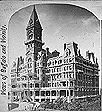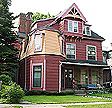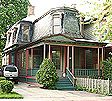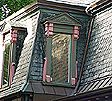![]()
Richard A. Waite
in Buffalo - Table of Contents
Buffalo Architect: Richard A. Waite, 1848-1911
Text by Joseph R. Galvin
May, 2003
TEXT Beneath Illustrations
Click on illustrations for larger size -- and for more information
|
Pierce's Palace Hotel |
Mayor Philip Becker's house at 534 Delaware Ave. |
White Brothers Livery
& Boarding Stable |
Photo - Frank Hamlin House at 420 Franklin St. |
|
Detail - 1877 Frank Hamlin House |
Williams House at 249 North St. |
Detail - Williams House |
|
|
Detail - Walden-Myer Mausoleum |
Photos - Three homes on Pennsylvania St. |
Photo - Richard A. Waite House |
Photo - Detail - Richard A. Waite House |
|
Photo - 357 Pennsylvania St. |
Photo - Detail - 357 Pennsylvania St. |
Photo - 355 Pennsylvania St. |
Photo - Detail - 355 Pennsylvania St. |
|
See also: |
|||
|
Waite and wife tombstones at Forest Lawn Cemetery |
Photo - Richard A. Waite |
Photo - Buffalo German Insurance Co. Building |


















